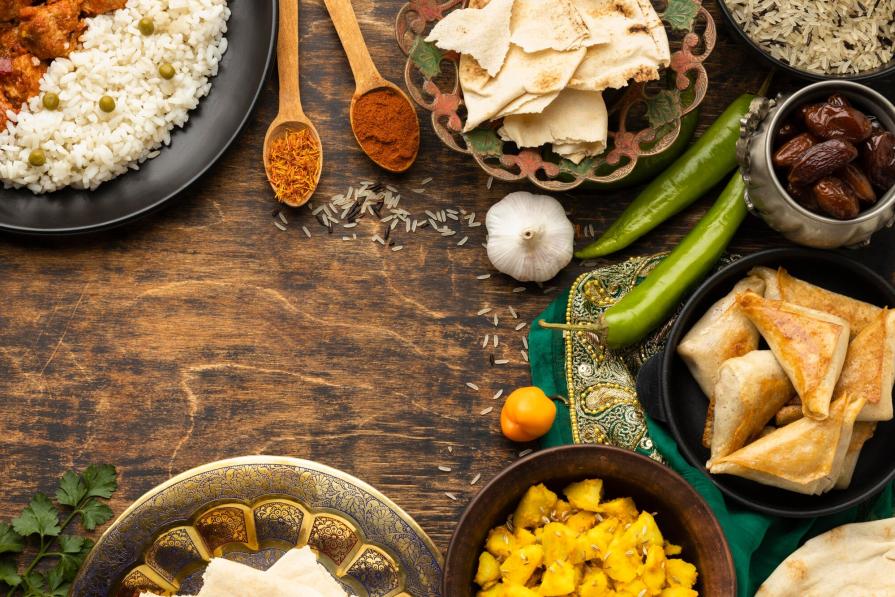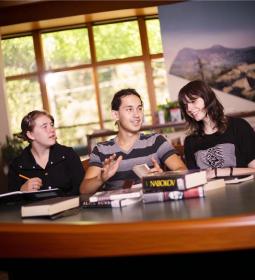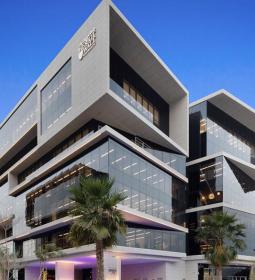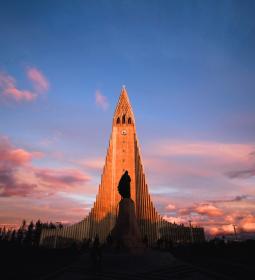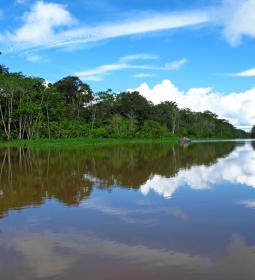The cuisine of Pakistan is a unique knot of its kind, where the best culinary traditions of Eastern countries are intertwined. This is understandable - despite the fact that the history of an independent state under this name has some 70 years, in these lands for thousands of years mankind flourished in all its cultural diversity.
This ended with the advent of the English colonizers, but even then the lands located on the periphery of Persia, Afghanistan and numerous Indian states were rich in layers of cultures, customs, rules and norms - including culinary ones.
In terms of variety and brightness of tastes, local cuisine competes with Middle Eastern and Indian, and in some areas Sinoasiatic dishes are popular - there is even the concept of Pakistani Chinese cuisine.
Pray, fast and eat all sorts of stuff
The local cuisine is based on agricultural traditions and faith, because the Pakistanis converted to Islam quite early. In the center of local traditions - vegetables, beef, veal, lamb, bread and rice. At the same time, under one roof, curries from India, shish kebab from the Levant are served on the table, and for dessert they serve all this with Afghan sweets.
By the sea, in the southern provinces, fish and seafood are richly represented, serving as an addition to traditional rice - here it is called chaval. It is served with three or four sauces, dishes with vegetables and meat. Under the serious influence of India, the local cuisine has become extremely rich in herbs and spices. Lentils are especially popular as raw materials for soups, soups and curries. Do not spare here and oils, both creamy and a variety of vegetable, from olive to sunflower and palm. Instead of sour cream, cottage cheese or yogurt is often added.

A popular snack, turning into the main dish, is called tikka and samosapies: they are cooked in all houses, frying the meat on coals, and then wrapped in a cake. The filling consists not only of meat, but also of salads, rice, hot sauces, much also depends on the place of manufacture - there are more than a hundred local recipes. In the filling are lamb, and cow meat, and all sorts of birds (pork try not to use, but in Hindu villages in the course is and it is - instead of beef).
There is a version that Pakistan is the birthplace of barbecue:they love small skewers with shami-kebab, as well as chopped meat cutlets of a jacket, ofcourse, with curry sauce.
Another important component of the Pakistani table is bread. It is baked in a tandoor in the form of cakes, such stoves are in all rural houses and many urban ones. If you do not get a tandoor, you can bake unleavened chapati flatbread in a frying pan.
For baking, numerous varieties of flour are used, in which seasonings and spices are often added - from muscat and saffron with cardamom to dill, parsley and other familiar to the Russian stomach.
If you are a fan of sweet, then in the local cuisine there are a lot of interesting things: the shelves of markets and shelves of shops bend under the weight of hundreds of varieties of halva,and for the title of the most popular delicacy, mitai, burfi from milk, pasta from cream wright, puddings from rice and countless sorbetsactively compete with them.
There are variations of non-traditional desserts - for example, in the North-Western Province, guests at the wedding are served an amazing pudding made of ginger-garlic mass.
Of course, here in honor of tea - it is prepared with a variety of spices, often from the heart of the lemon or milk, and guests at events brew a special drink lassi. There is also alcohol – for nothing, that Pakistanis are very religious: in restaurants serve traditional beer,and in Rawalpindi, once an important colonial city of the period of British rule, there is a 170-year-old brewery.

Colours of the East, spices and tea
As already noted, the cuisine of Pakistan is distinguished by an elegant mixing of herbs. Using spices, seeds and herbs, chefs turn the most ordinary dish into an exotic masterpiece.
With the help of sage, coriander, muscat, turmeric, ginger and anise roots, you can achieve incredible tastes. Very popular mixtures, especially Indian garam masala. To enhance the effect, it is still fried, and then used for both meat and sauces.
Usually locals have three meals a day, very often with guests, including random ones. Fruits are present on the table throughout the meal, not as a dessert, but as an application.
The main meal is dinner, during which the whole family gathers at the table. The traditional menu is very conservative and undergoes changes only during fasts, especially the holy month of Ramadan for Muslims.
Finally, let's say a few words about Sino-Pakistani cuisine.
At the beginning of the last century, Chinese kuli migrants and laborers settled in this part of British India. Some of them managed to gain a foothold in Pakistani cities, open cafes and restaurants, where traditional food from China, flavored with local spices, was served. It turned out to be an amazing mix, reminiscent of European pan-Asian cuisine. Now the eastern market is difficult to imagine without Chinese samasa,and manchurian chicken is very similar to curry - it is made from thick gravy, chicken meat and vegetable stew.

